A visit to San Antonio means a must-see stop at the iconic Alamo. The rainy weather served to highlight the stone features and added to the ambiance. Overall, the famous battle location was more than the typical tourist attraction I expected.
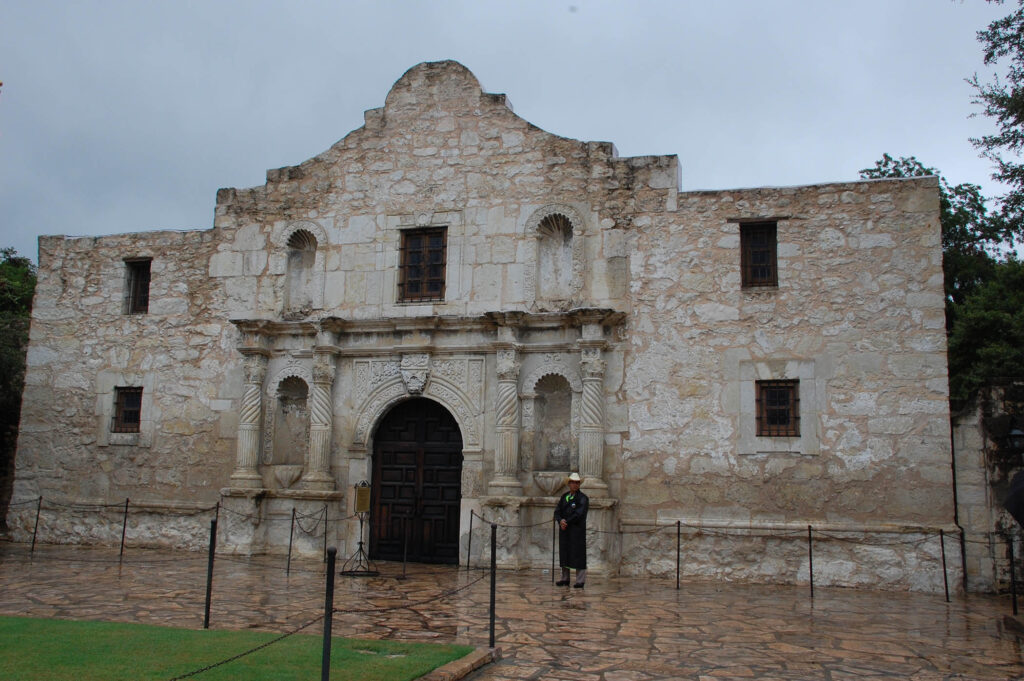
Old stone and wood mixed with desert landscape and lush gardens created an intriguing space where I could quietly contemplate the long and varied history of the Catholic mission turned military fort.
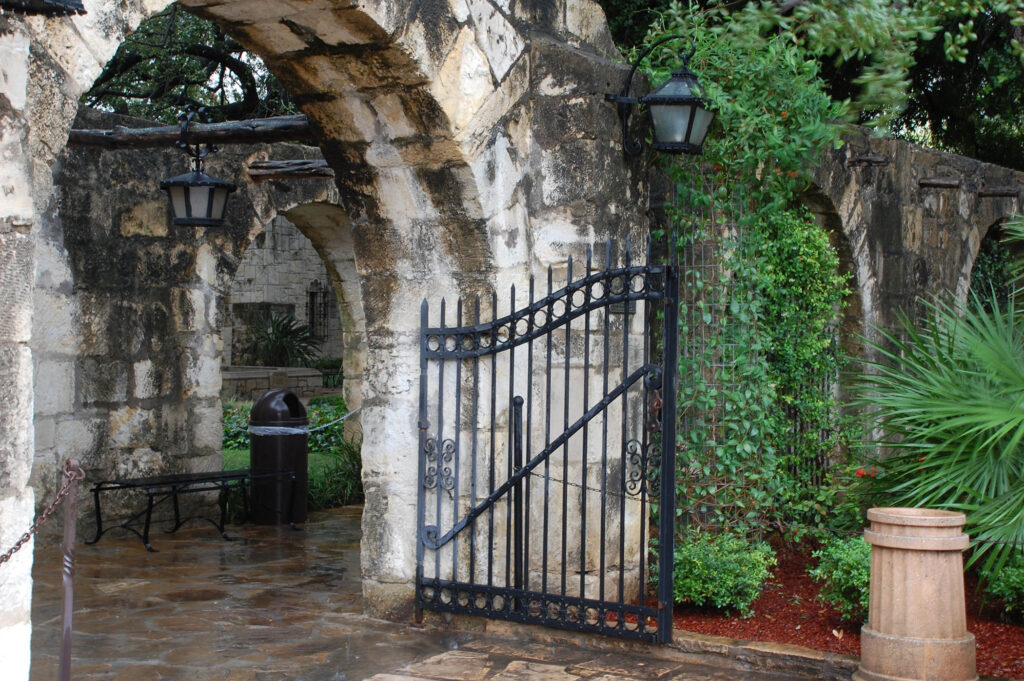
So how did the Alamo get its name? At one time beginning in the early 1700s (possibly earlier), the Spanish opened a mission (San Antonio de Valero) and a good number of Catholic converts were housed within its walls. In the photo above, you can see the niches (those would have held statues) left over from the mission days.
The stone work of the walls within and the wood give that old Texas feeling.
In the late 1790s and early 1800s, the population of those living within declined and the mission was left in the military’s hands. The French (in Louisiana) and American forces posed threats to the Spanish in Mexico, so they moved troops into the mission grounds.

The Spanish troop that arrived came from Alamo de Parras. Over time the compound simply became called the Alamo. A large population of family members came with the troops. A need arose for a hospital which they placed in one of the mission buildings. It became the site of the first hospital in Texas.
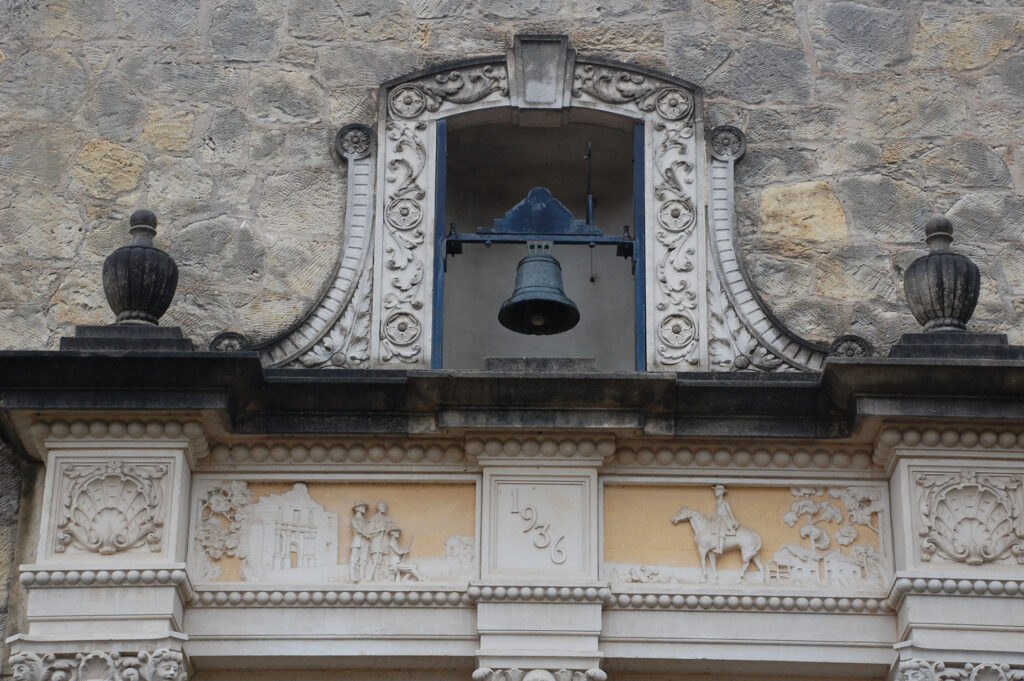
The rest of the story, of course is history, and thus came the slogan “Remember the Alamo.”

I visited in late spring and found many things blooming in the gardens.
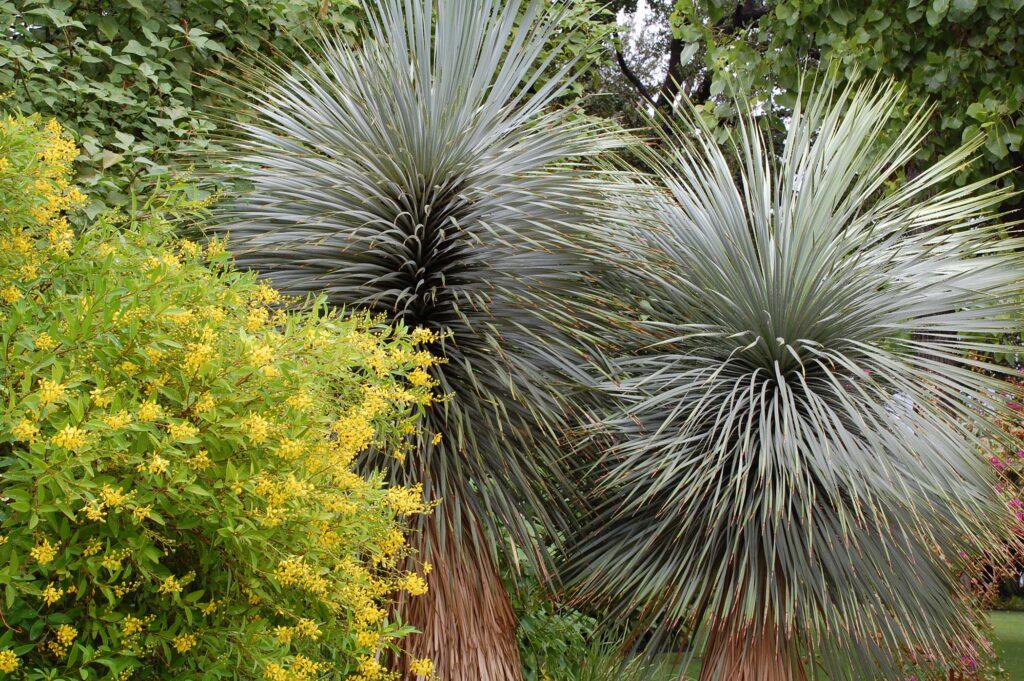

Texas and the Alamo are located in hot and usually dry country. The cactus garden appeared quite happy in its Alamo environment.
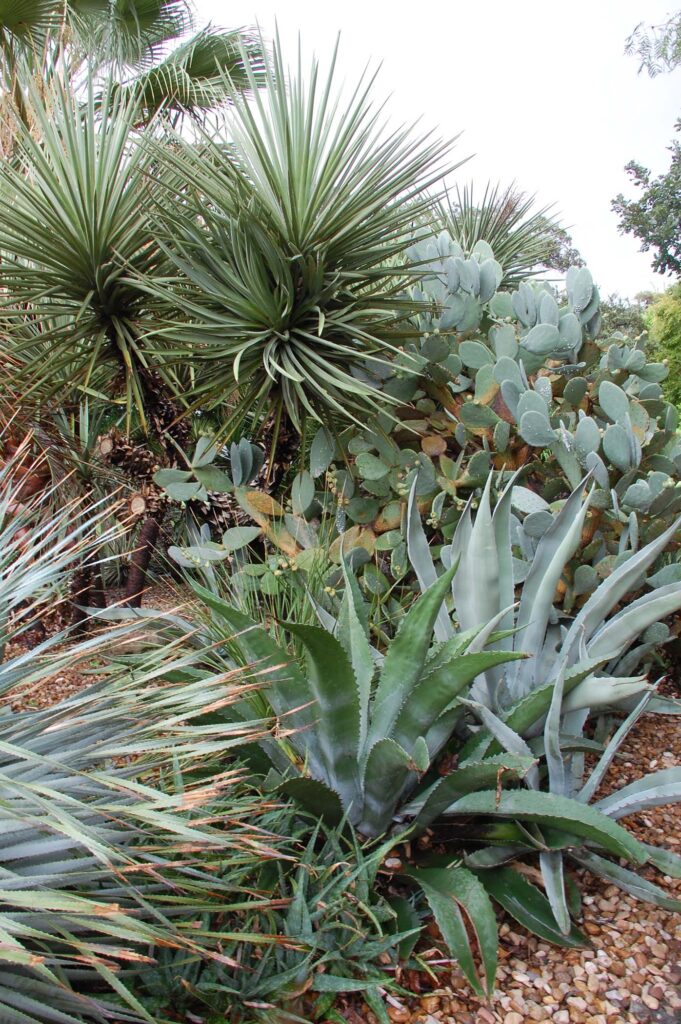
A sculpted tree with trunk darken by rain.
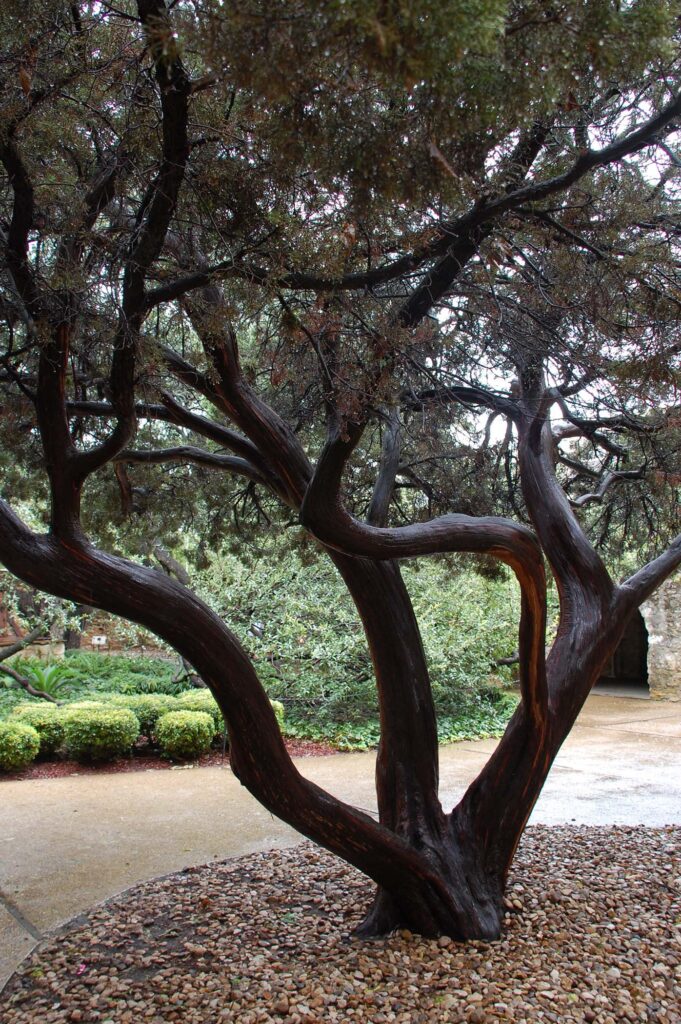
Plan a visit and don’t forget your camera. You never know what might intrigue you.
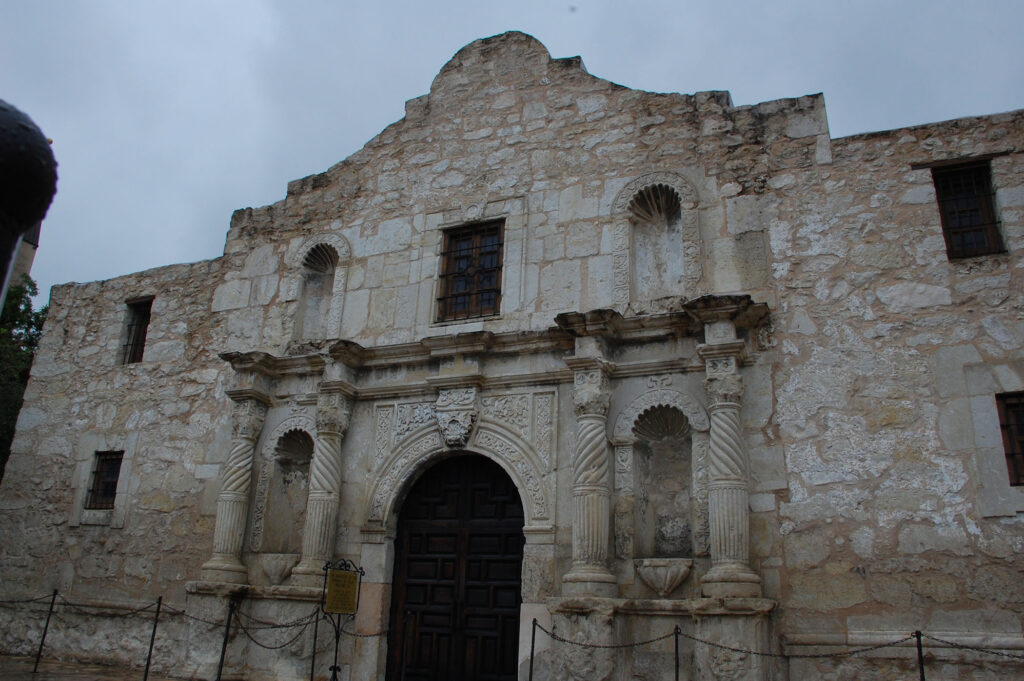
Also don’t forget about other close-by missions around San Antonio, all easy to see in a day visit. Check out my blog Stone and Weathered Wood- Mission San Jose for a few photos from those missions.
If you’re a history buff, this city link offers more information on the history of the Alamo.
Thanks for stopping by.

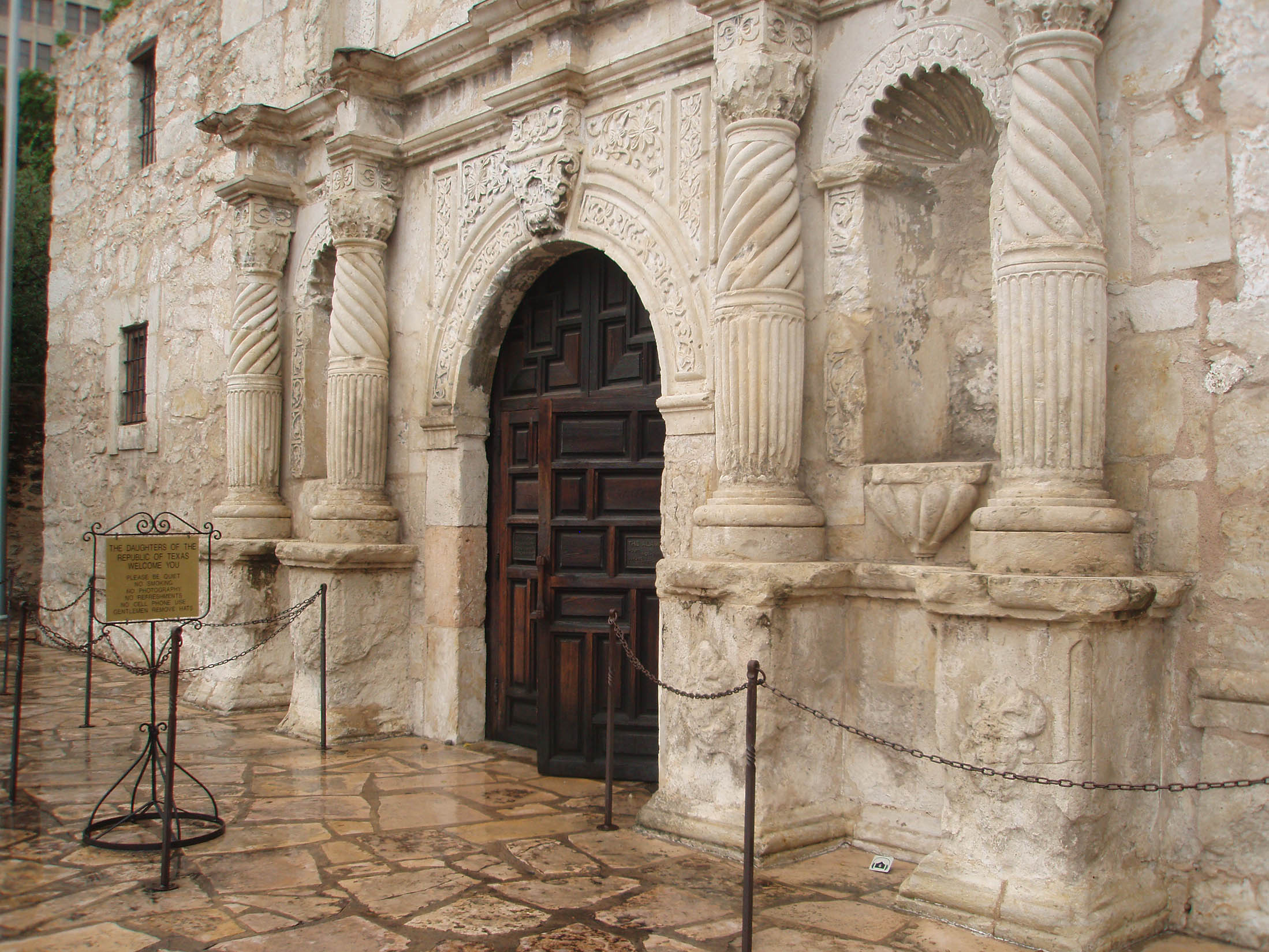
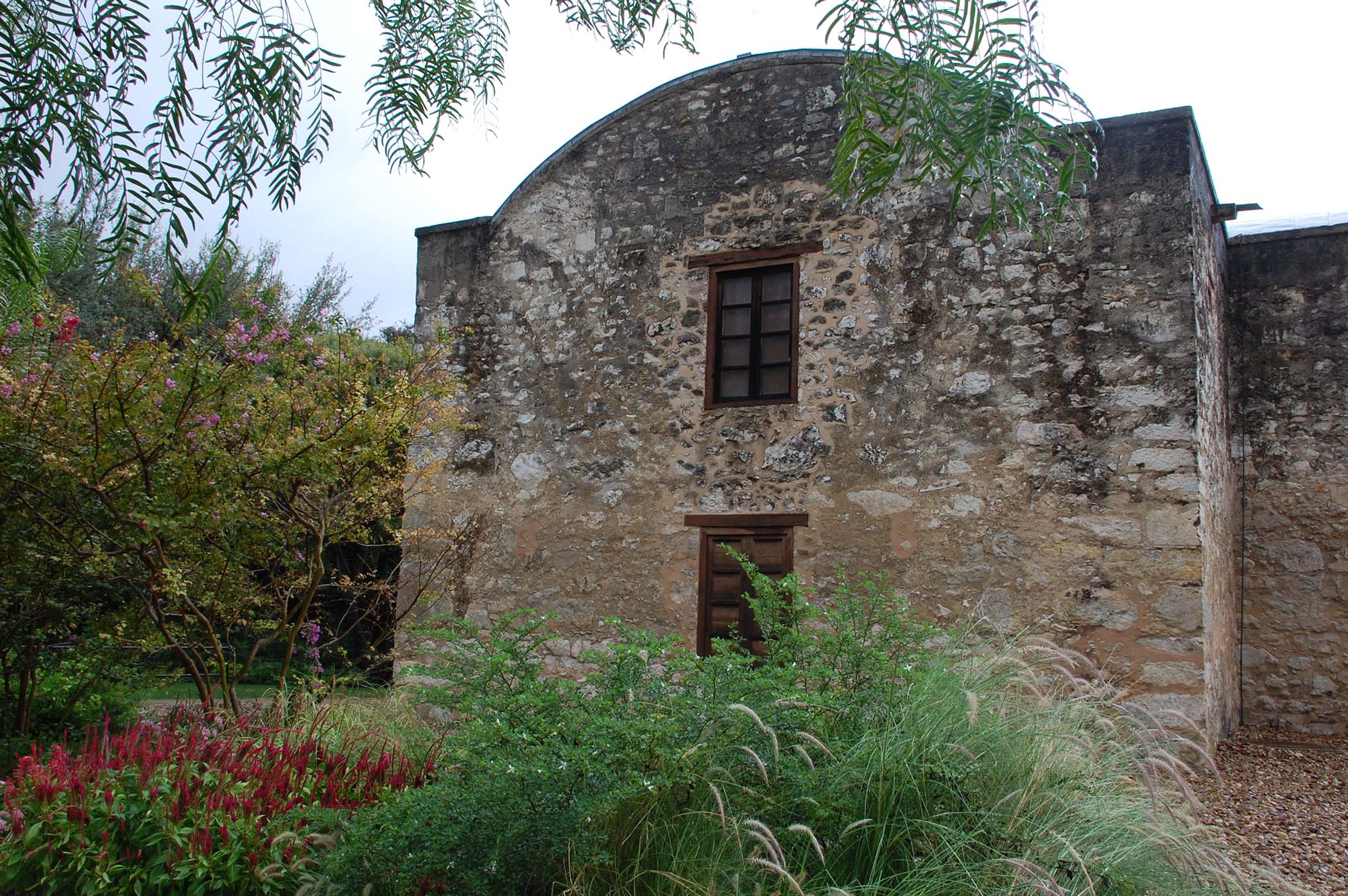
Wonderful pics. I, too, had the privilege of visiting there a few years ago and found it to be radically different than expected. Thanks for bringing back fond memories.
I think the maintainers have done a nice job of preserving the site and displaying it. I’m betting when the troops and their families used they grounds, they were a bit more spartan (less landscaped), but you never know.